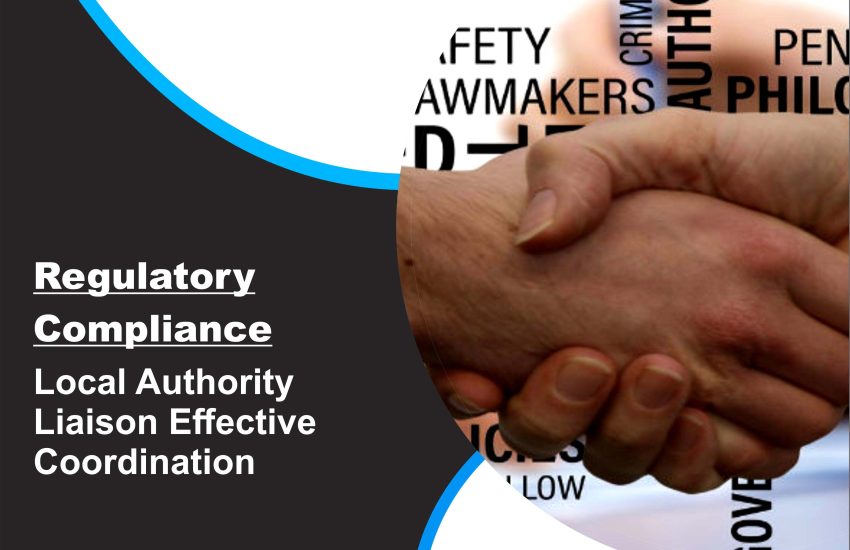Local Authority Liaison Effective Coordination has become more critical than ever. With multiple stakeholders involved in service delivery and infrastructure development, effective coordination with local authorities ensures smooth operations, legal compliance, and public satisfaction.
Whether you’re a project manager, public sector officer, or a private contractor, understanding how to build strong relationships and maintain open lines of communication with local government agencies is essential for success.
What is Local Authority Liaison?
Local authority liaison refers to the strategic collaboration between organizations and local government bodies to achieve shared goals. This interaction encompasses public sector coordination, community coordination efforts, and municipal partnership development, ensuring projects are delivered efficiently and in line with regional regulations.
Why Effective Coordination is Vital
Effective coordination with local authorities minimizes delays, improves community engagement, and enhances public trust. Here’s why it matters:
1. Regulatory Compliance
By maintaining regular communication, your organization ensures that all activities align with local governance standards, municipal policies, and planning regulations.
2. Streamlined Communication
Good local authority communication channels reduce misunderstandings and improve decision-making processes.
3. Crisis and Emergency Management
In times of crisis, effective interagency cooperation can be the difference between success and failure. Coordinated efforts help deliver rapid responses and coordinated public messaging.
Strategies for Successful Local Authority Liaison
Achieving effective local authority engagement requires more than occasional updates. It demands a structured and consistent approach.
1. Establish Clear Points of Contact
Assign a dedicated government liaison officer or team to build ongoing relationships with local government officials and agencies.
2. Set Mutual Goals
Identify shared outcomes early on. Alignment in objectives fosters local government partnership and long-term trust.
3. Use Technology for Coordination
Leverage tools such as GIS mapping, centralized dashboards, and project management software to ensure real-time information sharing.
4. Conduct Regular Stakeholder Meetings
Face-to-face or virtual meetings help strengthen stakeholder communication and keep all parties aligned.
5. Document All Communications
Maintain a paper trail for every interaction. This improves transparency and is useful for future audits or reviews.
Common Challenges and How to Overcome Them
• Bureaucratic Delays
Overcome by pre-scheduling approval timelines and engaging decision-makers early.
• Misalignment of Priorities
Use workshops and collaborative planning sessions to align objectives.
• Inconsistent Communication
Implement standardized reporting formats and regular update cycles.
Industries That Benefit from Local Authority Coordination
Construction, housing development, transportation planning, emergency services, utilities management, and event planning are just a few sectors where working with local authorities is critical.
Conclusion
Local Authority Liaison Effective Coordination Effective local authority liaison is not just a procedural requirement—it’s a strategic advantage. By adopting a proactive, structured approach to local government collaboration, organizations can achieve better project outcomes, reduce risk, and build stronger communities.


